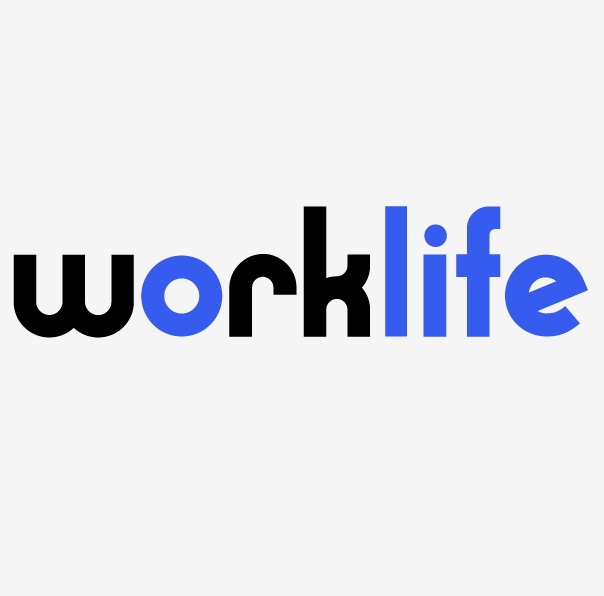
By Mark F. Kluger and William H. Healey
What the heck is going on with unions this year? Sure maybe they’re afraid that AI will soon be doing everyone’s job—including ours– but picket lines won’t stop that.
Think about how mean those Hollywood writers have been. While we’ve been stuck watching reruns of Ross and Rachael, they took the spring and summer off. Talk about being on a break! Jokes on them though. Now that they’ve got their big raise, they can’t buy that fancy new car cause their brothers and sisters in Detroit aren’t building ‘em. You’d think those writers would have known better after being deprived of their double Grande, venti berry hibiscus, jade citrus mint, skinny mocha, soy latte with no foam, during the devastating LA Starbucks strike earlier this year. Oh the humanity!
The fact is that since last year, union organizing efforts have been surging throughout the country. While the media has focused on efforts at Starbucks, Trader Joe’s, Amazon and Apple, the National Labor Relations Board (the “Board”) has been busy issuing pro-union decisions as fast as possible while also revamping its rules to make it easier than ever for unions to organize workers. Every employer, in every sector, needs to be warry and worry.
On August 25, 2023, the Board issued a long awaited decision regarding the means by which an employer can be saddled with a union and bargaining obligation without the workers even voting. It didn’t turn out well. The Board established a new framework by which to impose union representation. The deal had been that if the union could get 50% plus 1 of the employees to sign authorization cards, upon presentation of the cards, the employer could either voluntarily recognize and bargain with the union or request a secret ballot election which would give employer and union an opportunity to campaign. If the employer allegedly committed an Unfair Labor Practice (“ULP”) during the campaign and the union lost the election, unless the ULP was both proven and so egregious that the election could never be fair, the Board would rerun the election.
Under its new ruling, if the union presents cards showing the majority signed, the employer must either recognize and bargain or promptly seek an election (within 2 weeks). If the petition isn’t filed in 2 weeks, the Board can issue a bargaining order. More frightening though is that now, a single ULP, no matter how minor, can result in either no election or no rerun election and the Board can impose on the employer what used to be an extraordinary remedy: mandatory recognition and a bargaining order. In other words, no democratic process. Instant union.
We get that traditional labor law has its own double top secret vocabulary so you may be asking, “what the heck does a ULP look and sound like?” Here it is: let’s say during a union organizing campaign, before the election, one of your supervisors says to a worker, “you know, if the union wins the election I’ll bet there’ll be layoffs around here because of the higher costs.” That will be considered “a threat” made by management and is a ULP under Board law. That statement, however true it might be, could result in no election and a newly unionized employer. Yup. We know. But that’s how easily it can happen.
As if that ruling is not enough to have you screaming into the night and watching every word you say around your workers, the Board has also wrapped up a Christmas present to further aide their union friends with organizing efforts. On December 26, 2023, new representation procedural rules go into effect. These rules allow for what some call ambush elections. Under the new rules, employers will have only 8 days before the initial hearing to challenge various aspects of the union election petition, which is 10 days sooner than the current timeline. The employer will have until Noon the day before the hearing to submit a written position statement and check this out: unions previously had to submit written responses 3 days before the hearing, but now they will only have to respond orally during the hearing, which gives the employer zero time to consider the union’s position.
Until this new rule, employers have always been able to challenge the eligibility to vote of specific employees based on factors like whether they are in management or don’t really perform the bargaining unit work. Now those challenges will have to wait until after the election. This way, the Board and union can set up these quickie elections, giving an employer less time to plan and execute a campaign. One final blow: the new rules require the Regional Director to set a date for the election for “the earliest date practicable” after any pre-election hearing.
Speaking of quickies, this unionization craze can straddle or spread through any industry. Take for example, the May 2023 union victory at an LA (where else) strip club. That’s right, the leader of Strippers United, who in 1996, organized dancers at the Lusty Lady in San Francisco (that’s where else), helped the LA dancers win a 17-0 election in favor of its new union representation. Let’s hope that union doesn’t mind collecting dues one crumpled dollar bill at a time.
So here’s the deal: all employers – including those who’ve always viewed Union issues as not their problem – are vulnerable and we’ll be fighting not only the union but the Board too. If you ever hear workers using a new vocabulary with words or phrases like “protected activity,” “recognition,” “unfair labor practice,” call us. If your employees disperse or stop talking when you walk by– more than usual, call us. If you see a giant rat across the street, call us. We mean the inflatable one. For real ones, call your exterminator not your lawyers.








